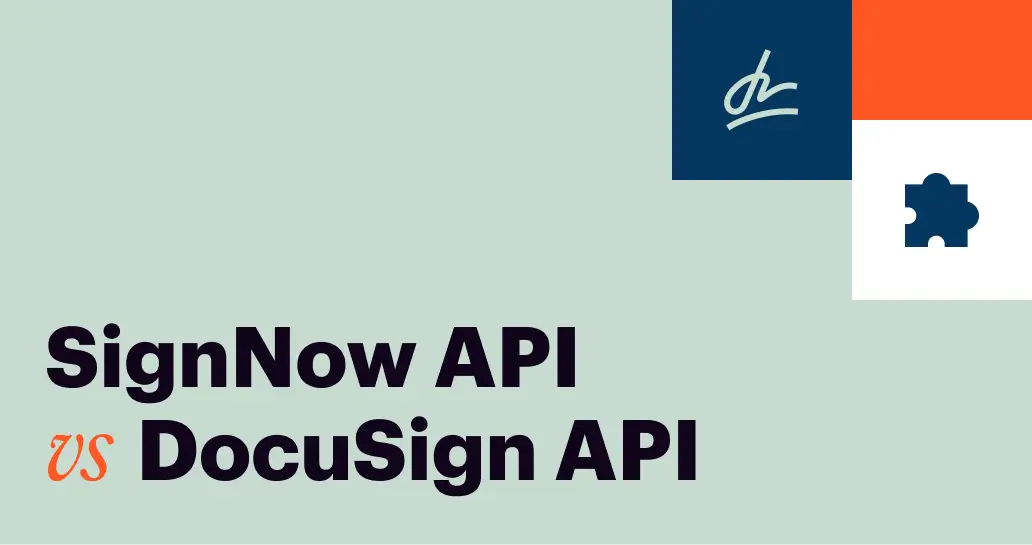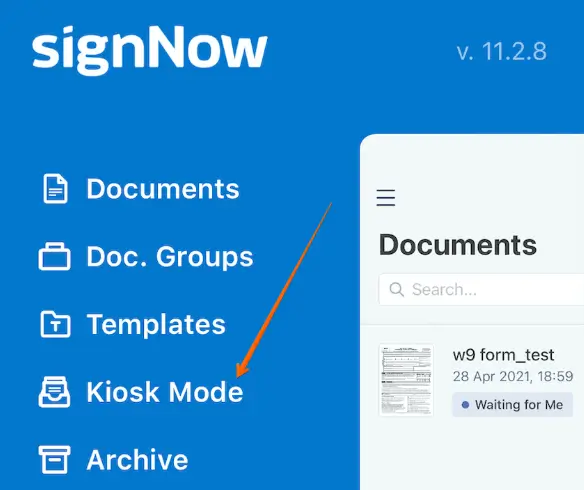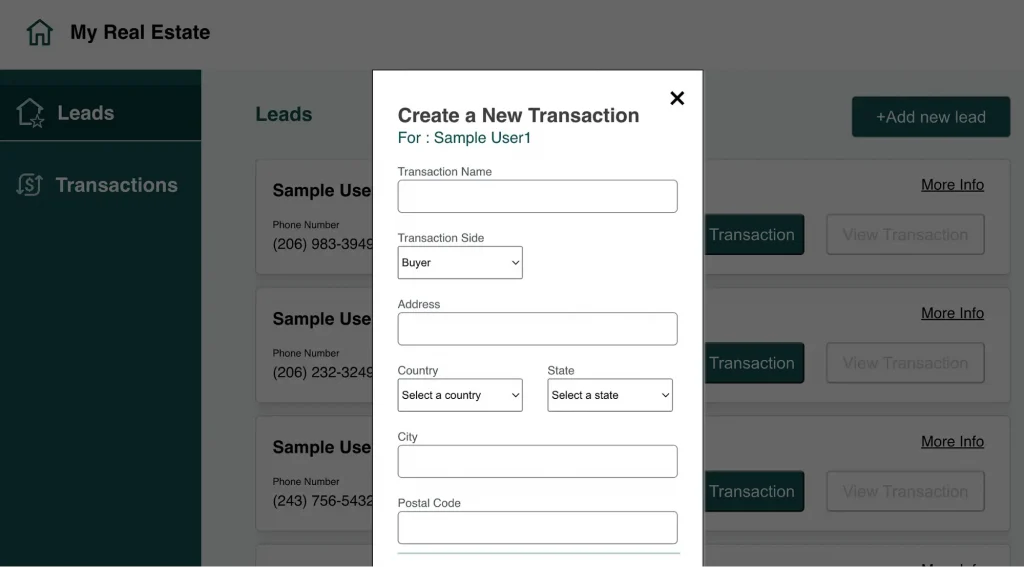Should developers use the SignNow or DocuSign API for eSignature services?

Adding signatures to documents electronically is an important step in an automated document workflow. Both SignNow and DocuSign offer APIs for helping build eSignature services into your document processing systems. Electronically signing documents can be seamlessly integrated into a complex, automated procedure for managing documents.
These eSignatures are legally binding, meeting numerous security and privacy standards. They can be integrated into workflows in a variety of formats, on a variety of platforms.
eSignature Features
The fundamental feature of an eSignature service is sending documents to one or more recipients for signing. Both SignNow and DocuSign offer this, although only SignNow allows the user to set up roles in the editor. Both services also allow users to add basic fields to the document and to the eSignature, create reusable eSignature templates, and pre-fill fields.
SignNow and DocuSign, in addition to more standalone eSignature services, allow users to embed both eSigning and sending a document for eSignature into apps and websites. Both support notifications and reminders for users, as well as tracking which of a group of documents have been signed.
SignNow and DocuSign support signing on mobile devices. DocuSign’s documents are automatically resized for these devices. SignNow offers its own mobile app for iOS or Android. The mobile app includes a format called Kiosk Mode, which supports using mobile devices to collect in-person signatures as at a kiosk.

DocuSign’s API supports 44 languages, while SignNow’s API supports 24 — English, French, Spanish, German, Japanese, Korean, Simplified Chinese, Traditional Chinese, Italian, Dutch, Portuguese, Danish, Norwegian, Russian, Finnish, Polish, Czech, Swedish, Greek, Croatian, Thai, Hungarian, Indonesian, and Turkish.
SignNow has several features DocuSign lacks. It differs from DocuSign in including the signer’s name in the signature stamp. This makes the signature clearer and more identifiable.
SignNow also offers greater support for branding than DocuSign. It supports branding at all tiers of the SignNow service, at the document, template, and organization level. As many brands and logos are allowed as the user would wish. DocuSign, on the other hand, does not support branding at the starter tier and only allows one brand at the intermediate and advanced tiers. Only at the enterprise tier are multiple brands supported.
Legal compliance
SignNow’s and DocuSign’s services are compliant with a number of legal standards. Both meet the requirements for the E-Sign Act, have SOC2 Type II certifications, and are eIDAS compliant for Simple Electronic Signatures. In addition, DocuSign, as well as SignNow for Web, are eIDAS compliant for Advanced Electronic Signatures and Qualified Electronic Signatures.
Both SignNow and DocuSign are also GDPR, CPRA, HIPAA, and 21 CFR part 11 compliant. Authentication is performed using SSO. Both services include recording of digital audit trails in real time. Thus, eSignature services enable the signing of many types of contracts.
Using the APIs
SignNow
To use the SignNow API, you can register an app at the “API” page of your regular SignNow account. You can log into your SignNow account from SignNow’s home page. When you log into SignNow, select “API” from the bottom of the left-side menu or click on the picture of the plug. You can also register for a developer account, which does not cost money.
Once logged into the developer account, you can create an application either in “Development” mode, which allows you to try out the API for free, or switch at any time to “Live” mode, which is the full SignNow functionality of the plan you have ordered.
Generate an access token by making a POST request to https://api.SignNow.com/oauth2/token, which you can do here. You can make subsequent API requests either in your code, on the terminal, or through the documentation pages.

Making API calls on the documentation pages is convenient for developers. It can be useful when the workflow uses the same documents and fields each time. Developers could call the API to set up the eSignature software, and the software could make subsequent API calls to send documents for signing.
Support for the SignNow API is extensive and personalized. SignNow offers a live Support chat, as well as a form to send questions to Support and receive responses by email. To date, few SignNow API developers have needed to rely on Stack Overflow.
DocuSign
To use the DocuSign API, developers can fill out an online form to get an invitation to create a developer DocuSign account. Upon filling out the form, they are emailed links to tutorials and other resources about how to use the API, as well as a link to create a password and activate their account.
The links ultimately direct the user to a daunting assortment of online resources, tutorials, and instructions. There are numerous APIs described for specific types of applications, and an extensive library of sample applications available as demos and on GitHub.
DocuSign’s APIs can be quite niche. They include Rooms API, for streamlining real estate and mortgage agreements; Notary API, for managing notaries and activating online notarization; and TSP Program API, which allows trust service providers to integrate with DocuSign.

Developers are directed to begin with one application, described as “quickstart.” After completing a multistep sequence in which they select from several options, they are able to download an elaborate sample application. They can run it on their own machine.
DocuSign’s documentation enables users to copy and paste API code. However, it does not allow developers to make API calls directly from the documentation pages.
For support, developers are directed to the thousands of Stack Overflow questions that have been asked under the docusignapi tag. More than one-third of these questions are unanswered. DocuSign does have team members who occasionally provide support in the form of answers on Stack Overflow.
It also welcomes new users who have created developer accounts, offering options to book time on a support team member’s calendar, attend API office hours, or submit a support ticket.
Overall, while DocuSign provides more extensive online support resources, complimentary developer support is less personalized than developer support for SignNow. DocuSign offers developer support as a service to purchase, in a package with other types of support.
Pricing
The DocuSign API allows demo server access on its free tier, with containers for DocuSign documents (envelopes) deleted after 30 days and eSignatures not legally binding. SignNow’s API offers an unlimited-length free trial of up to 250 legally binding eSignature invites.
At the starter tier, DocuSign’s API is slightly cheaper — $1.25 per envelope rather than $1.33 per envelope for SignNow. However, only SignNow’s API offers branding and webhooks at this tier.
Cost savings with SignNow’s API truly begin at the intermediate and advanced tiers. Starting with the intermediate tier, SignNow includes all API features. It is $1.75 per envelope as compared to $3 with DocuSign. Its advanced tier, which allows unlimited users on the SignNow Web application, is $1.50 per envelope or less, as compared to $4.80 with DocuSign.

Contact Sales for pricing at SignNow’s and DocuSign’s enterprise levels.
So, SignNow API or DocuSign API?
SignNow and DocuSign are both preeminent, solid eSignature services. While DocuSign’s API features are more extensive overall, SignNow’s API offers a number of features DocuSign’s lacks.
At lower service tiers, SignNow’s API offers more of its services at a slightly higher price than DocuSign’s. At higher service tiers, SignNow’s API is considerably less expensive than DocuSign’s.
In addition to being easier to navigate and more straightforward, SignNow’s API also comes with more hands-on, personalized support.
Ultimately, the choice of API depends on one’s budget and the requirements for one’s application. In general, DocuSign’s API is well suited for businesses with a large budget and a highly specific use case — especially one with DocuSign APIs designed for that use case.
SignNow’s API is well suited for larger enterprises looking for a straightforward, less expensive eSignature service. It is also well suited for smaller enterprises looking to build with a wider range of the API’s functionality.


